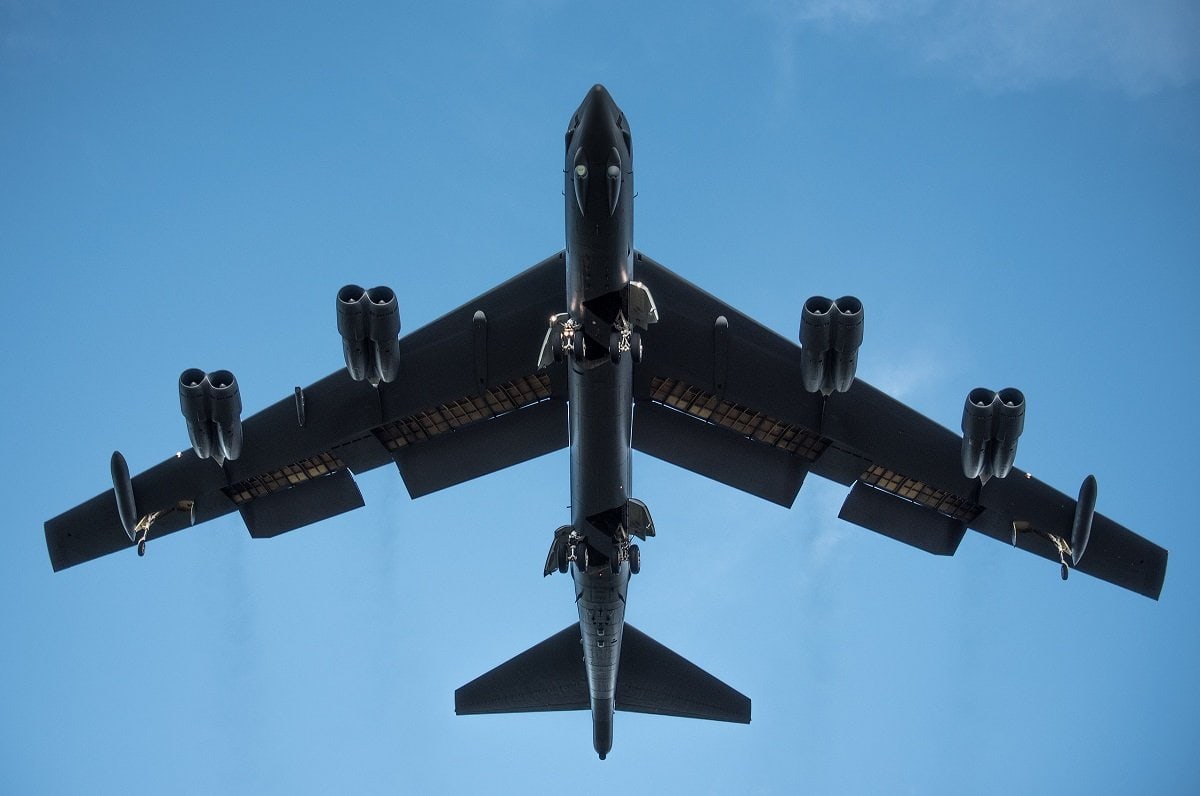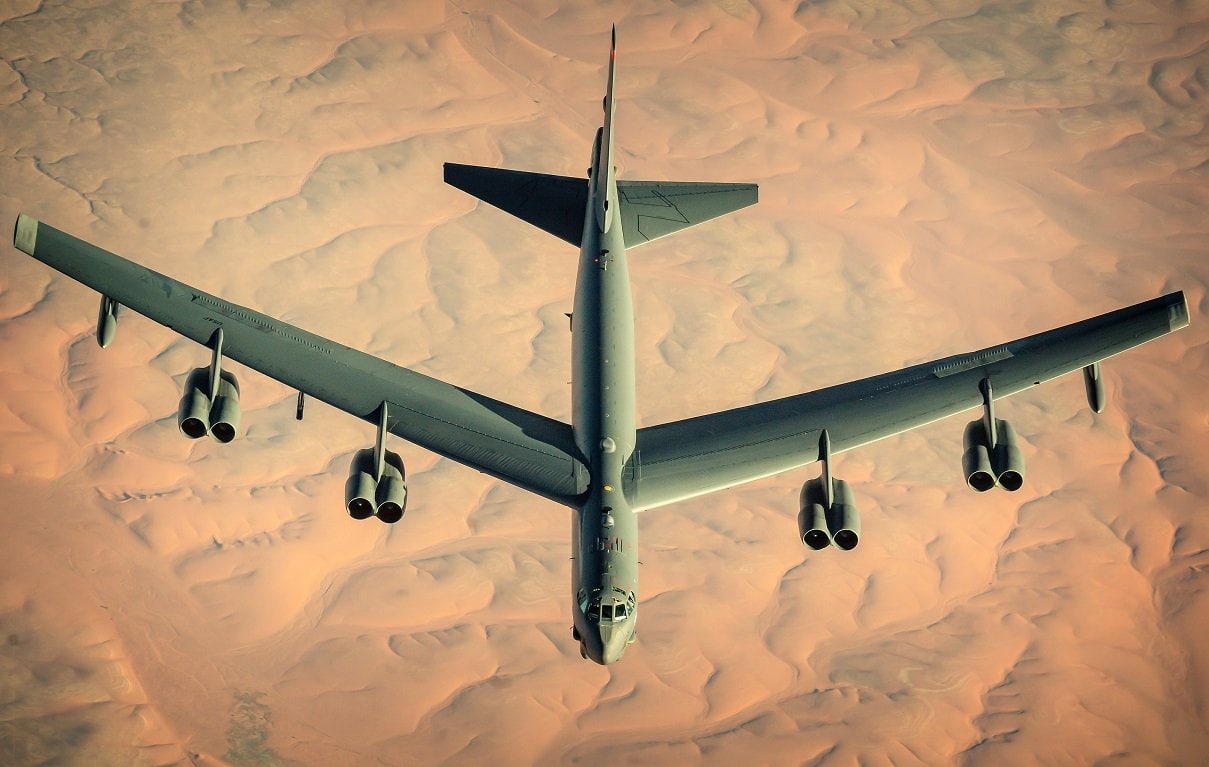Speculation about the possibility of a U.S attack on Iran has reached a fever pitch as President Donald Trump’s administration winds down. Far from signaling the inevitability of an attack, the partisan panic is a last hurrah for those opposed to Trump’s “maximum pressure” in favor of a more incentives-based outreach.
Warnings of war are the gift that keeps on giving for a broad progressive array of organizations that fundraise off the scenario. They make for good press and national security clickbait, but there is little indication that Trump will attack Iran anytime soon.
True, those determined to see imminent war cite evidence to support their fears: It has now been a year since Trump ordered a drone strike on Qassem Soleimani, the chief of Iran’s elite Qods Force and a man with much American blood on his hands, as he drove along Baghdad’s airport road. In phone calls to Iraq’s president and prime minister, Secretary of State Mike Pompeo threatened further military actions against Iranian-backed militias in Iraq if the Iraqi government did not do more to constrain them itself. More recently, Trump reportedly asked senior advisors about military options to counter Iran’s nuclear program and, in recent days, the U.S. Air Force flew B-52s over the Persian Gulf.
Those seeking to depict Trump as recklessly flirting with war, however, appear guilty of the same cherry-picking of evidence with which they often charge their partisan opponents.
Consider Trump’s history: He takes pride in becoming the first president since Jimmy Carter to not initiate conflict with any country and seems to loathe to upend that record in his last weeks in office. When, in June 2019, Iran shot down an American drone, Trump reportedly approved a strike but then withdrew his authorization. He has cycled through defense secretaries after they clashed with the White House over his desire to speed withdrawals from the Middle East, Africa, and Afghanistan. Nor is reviewing military options irresponsible: the job of a president is to review all options. In 1979, after Iranian militants seized the U.S. Embassy in Tehran and took 52 hostages, for example, Carter reviewed the late Adm. James “Ace” Lyons’ war plans to seize Iranian ports before opting for a more diplomatic approach. Likewise, when Libyan operatives bombed Pan Am Flight 103 over Lockerbie, Scotland, during the last week of the Reagan presidency, President-elect George H.W. Bush considered plans for military retaliation before choosing to pursue the suspects through an international tribunal instead.

A U.S. Air Force B-52H Stratofortress, assigned to the 20th Expeditionary Bomb Squadron, deployed from Barksdale Air Force Base, La., approaches the flightline at Royal Australian Air Force Base Darwin, Australia, April 6, 2018. Two U.S. Air Force bombers visited the base in Australia’s Northern Territory to support the U.S. Pacific Command’s Enhanced Air Cooperation initiative in cooperation with RAAF joint terminal attack controller teams. The EAC comprises a range of air exercises and training activities designed to enhance regional cooperation, coordination and interoperability between Australian and U.S. service members.
True, two B-52s flew over the Persian Gulf. But, as U.S. service academies teach and the National Security Council exists to coordinate, every coherent strategy combines diplomatic, informational, military, and economic components. The bulk of the military’s job is not bombing, but rather than deterrence and containment. Far from impeding diplomacy or provoking war, exhibitions of force do the opposite. They are prudent as adversaries believe America most vulnerable at times of transition.
While optimum strike posture would put aircraft carriers outside the narrow confines of the Persian Gulf in order to reduce the threat posed by Iranian small boats, missiles, and mines, no U.S. aircraft carrier or amphibious assault ship appears within the range of Iran. Contrast current force posture with “Operation Desert Fox,” Bill Clinton’s 1998 assault on Iraq: It involved the USS Enterprise, and the USS Belleau Wood amphibious assault group, as well as strikes from a dozen B-52s operating from Diego Garcia, and sorties launched from airfields in both Oman and Kuwait.
Iran is almost four times the size of Iraq. Current U.S. force posture does not approach what would be needed to counter Iran’s air defenses and neutralize its command-and-control let alone tackle its nuclear and missile infrastructure. Progressives might hate Trump’s Iran policy, but to proclaim war footing where none exists only feeds the partisan paranoia so corrosive to tackling the very real challenges Washington faces from Tehran.
Michael Rubin is a resident scholar at the American Enterprise Institute. You can follow him on Twitter: @MRubin1971.

